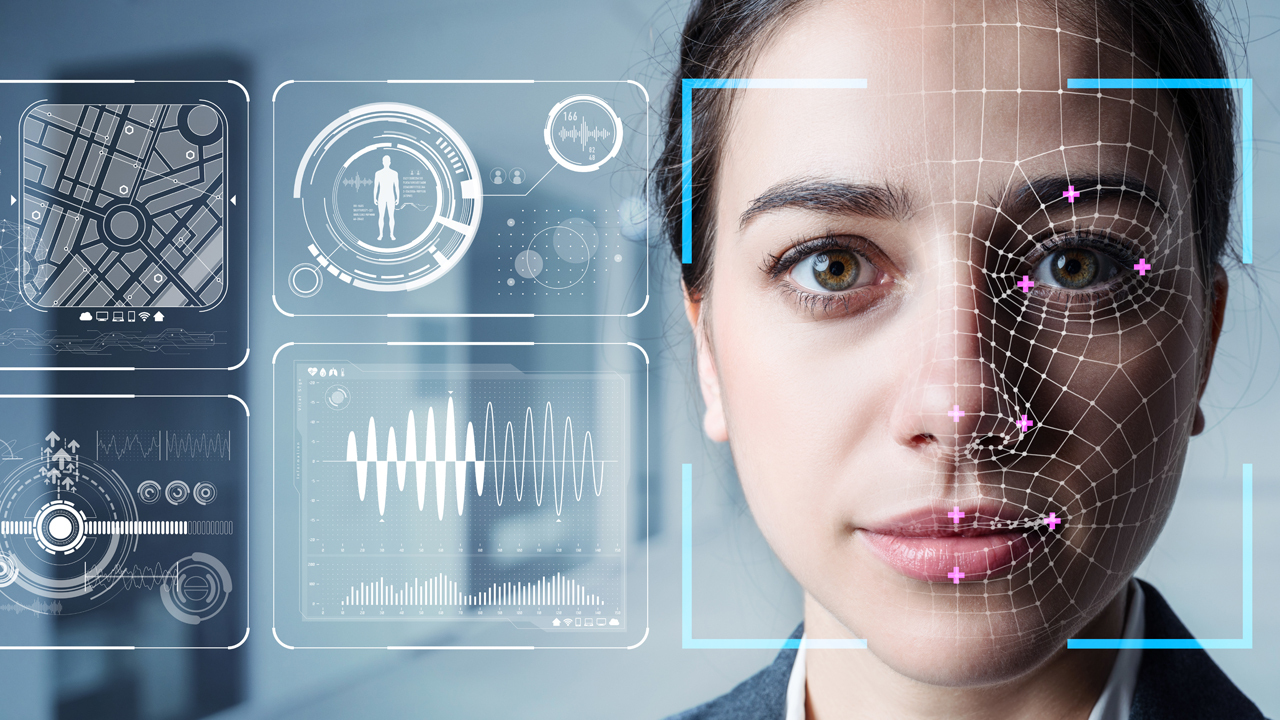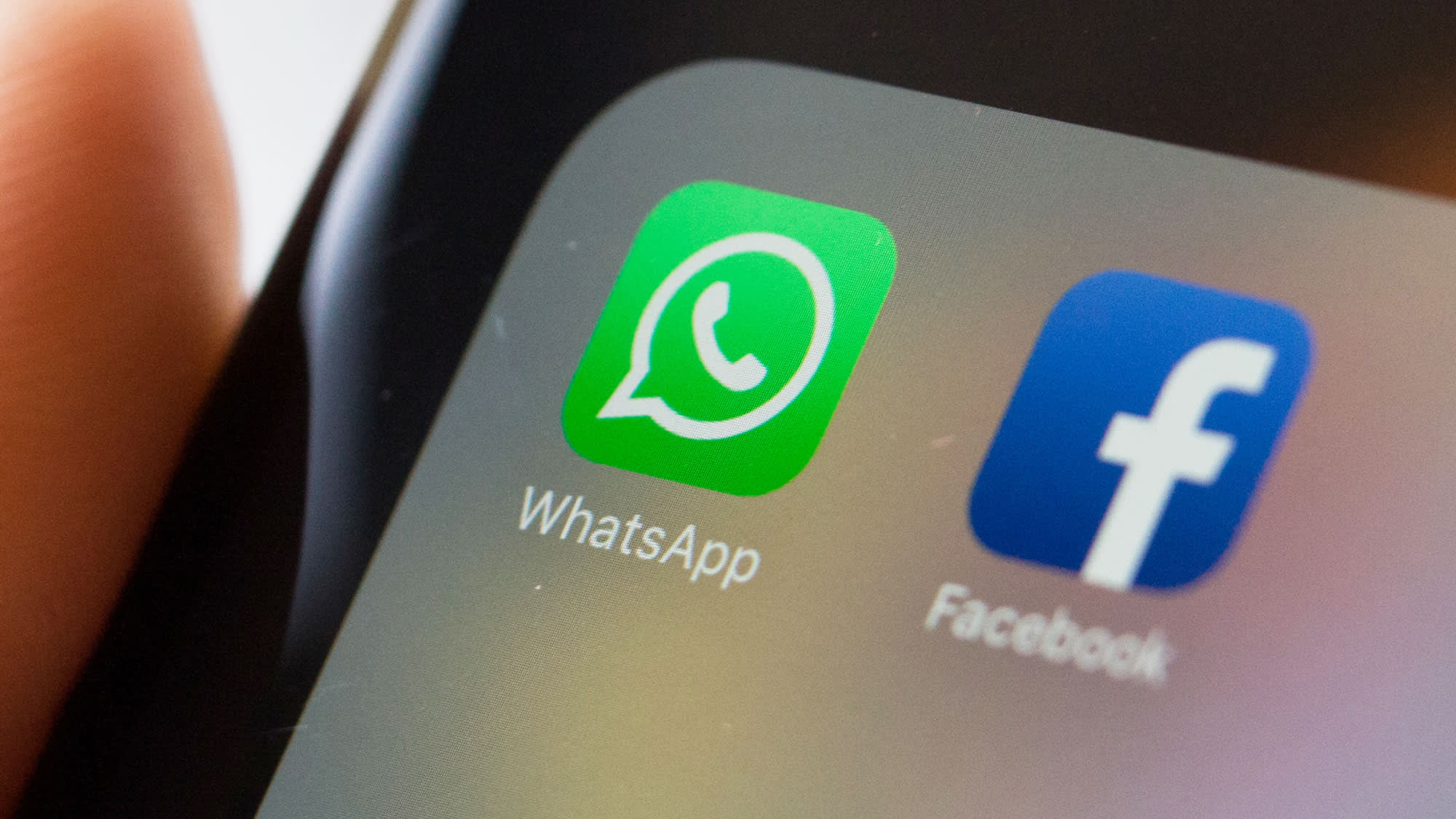Why Is Cybersecurity Awareness Training Important?
Why is cybersecurity awareness training important? Just as ships rely on lighthouses to steer clear of dangerous rocks, organizations need cybersecurity awareness training to protect their digital assets. By illuminating threats lurking in the dark, awareness training equips employees with the knowledge they need.
As a lighthouse provides illumination for navigation, trainings light the way for employees, executives and boards alike to make informed decisions about cyber defense and identify potential risks. Let’s take a closer look at why cybersecurity awareness training makes all the difference.
7 Sources of Light That Cybersecurity Awareness Training Provides |
|
| Cyber Threats | Equips employees with the tools to identify, avoid, and stop cyber threats, from malware to ransomware, hackers to fraudsters. |
| Social Engineering | Enables employees to recognize the suspicious, manipulative and malicious behavior of bad actors and respond appropriately. |
| Sensitive Data | Educates employees about the importance of protecting sensitive data and adopting data security best practices as well as the stakes of failing to do so. |
| Insider Threats | Sends a strong message to any potential malicious insiders that the organization is watching, thereby reducing the likelihood and impact of insider threats. |
| Compliance | Ensures employees and executives are aware of their obligations and responsibilities under cybersecurity regulations and standards. |
| Incident Response | Enables employees to respond promptly and appropriately to security incidents to minimize and contain damage. |
| Human Error | Drastically reduces the 60%+ chance that a breach is due to unwitting human error rather than intentionally malicious behavior. |
Protection against cyber threats: Cybersecurity awareness training is important because it helps employees understand the various types of cyber threats, such as phishing attacks, malware infections, ransomware, zero-day exploits and social engineering. By educating employees about what may be lurking at sea, they are better equipped to identify and avoid risks, reducing the chances of falling victim to cyber-attacks and identity theft of customer information.
Defense against social engineering attacks: Social engineering attacks involve manipulating individuals to gain unauthorized access to systems or sensitive information. Cybersecurity training raises awareness about standard social engineering techniques, such as pretexting, baiting, or impersonation. This knowledge enables employees to recognize suspicious behavior and respond appropriately, minimizing the chances of falling prey to such attacks.
Protection of sensitive information: Organizations handle a significant amount of sensitive data, including personal, financial, and proprietary information. Cybersecurity awareness training emphasizes the importance of protecting this information and educates employees on best practices such as strong password management, data encryption, secure file sharing, and data classification. Implementing these best practices reduces the risk of data breaches and unauthorized access.
Mitigation of insider threats: Insider threats can be unintentional or malicious, where employees inadvertently or intentionally compromise security. Cybersecurity training helps create a security culture within organizations, promoting responsible behavior and ensuring employees understand their roles and responsibilities in safeguarding sensitive information. It also sends a strong signal that the organization is mindful of insider threats, and is watching closely. By increasing awareness, organizations can reduce the likelihood of insider incidents and their potential impact.
Compliance with regulations and standards: Many industries are subject to specific cybersecurity regulations and standards, such as the General Data Protection Regulation, the Health Insurance Portability and Accountability Act, and the Payment Card Industry Data Security Standard. Cybersecurity awareness training ensures that employees know their obligations and responsibilities under these regulations, reducing the risk of non-compliance and associated penalties.
Incident response and reporting: In a cybersecurity incident, employees who have received cybersecurity training are more likely to respond promptly and appropriately. They will know how to report incidents, whom to contact, and how to limit the damage. This quick response can significantly reduce the impact of a cyber-attack and help in the recovery process.
Minimizing human error: Human error is a primary driver behind a massive number of successful cyber attacks. There is no malicious intent in these cases, just a lack of knowledge and proper training. This is one of the easiest, least expensive types of light an organization can shine on their data security.
Practical skills such as recognizing phishing attempts, creating strong passwords, and identifying malicious websites act as a lighthouse, allowing employees to steer clear of danger and make informed choices. Training programs enable them to protect sensitive information and contribute to a safer online environment.
Best Cybersecurity Awareness Training
The best cybersecurity awareness training can vary depending on an organization’s needs and goals. However, an effective cybersecurity awareness training program includes the following elements:
- Comprehensive coverage: Training should cover a wide range of cybersecurity topics, including password security, phishing attacks, social engineering, malware prevention, safe browsing practices, and data protection. That’s why lighthouses are more effective than, say, a flashlight haphazardly duck taped to a pole. Range matters.
- Engaging content: The training should be exciting and interactive to keep participants interested and motivated. This can include videos, quizzes, real-life scenarios, and gamification elements.
- Regular updates: Cybersecurity threats and best practices evolve rapidly, so the training program should be up-to-date to reflect the latest trends and vulnerabilities. Training programs must regularly update their content to ensure participants have the latest knowledge and techniques to recognize and counter emerging threats.
- Customization: The training should be tailored to the specific needs and roles of the participants. Different departments may have varying cybersecurity risks and responsibilities, so the training should address these differences.
- Ongoing reinforcement: Like the beacon on a lighthouse, cybersecurity awareness is not a one-time event but an ongoing, constantly evolving process. The training program should incorporate regular, bite-sized reminders, newsletters, and follow-up sessions to reinforce key concepts and ensure participants retain the knowledge over time.
To help you navigate the turbulent digital seas, award-winning main-stage speaker John Sileo offers comprehensive cybersecurity awareness training that is engaging, cutting-edge, and customized for your needs and goals. With a humorous live-hacking demonstration and powerful lessons learned from losing his business to cybercrime, he connects with your employees and drives home security awareness training that sticks.
John Sileo is an award-winning cybersecurity keynote speaker who has entertained and informed audiences for two decades. He is proud to have spoken at the Pentagon and Amazon, written four books on cybersecurity, and been inducted into the National Speakers Hall of Fame. He has appeared on 60 Minutes, NBC, ABC, Fox, CNN, Rachael Ray, and Anderson Cooper. John’s work has been quoted and published in The Wall Street Journal, The Washington Post, USA Today, and Kiplinger’s.
Looking for a customized speech to make your next event unforgettable? Call 303.777.3221 or fill out our CONTACT FORM to connect with Sue, our business manager extraordinaire. She’ll work with you to brainstorm ideas and explore how John can tailor his speech to fit your needs perfectly.






